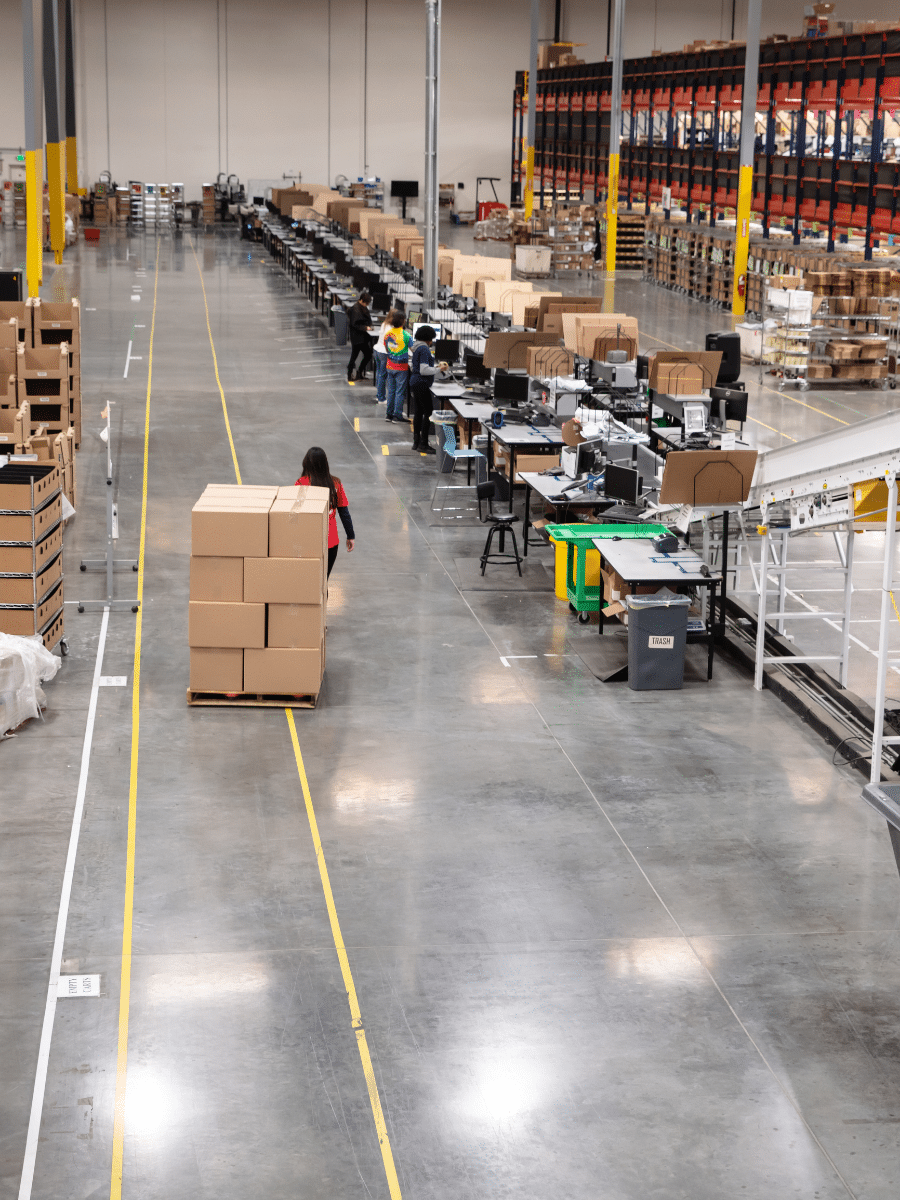Ever been stuck in a traffic jam, the kind where the lanes stretch ahead filled with vehicles as far as your eyes can see? You wish you had a magic wand that could clear up the lanes, smooth out the traffic, and allow for a breezy ride to your destination. Now, imagine your warehouse as this busy road, the goods as vehicles, and an effective warehouse management system as that magic wand you wished for.
Sounds intriguing? Buckle up, as we are about to take an exciting ride through the highway of supply chain optimisation, with our trusty navigator – effective warehouse management!
A warehouse isn’t just a gigantic box filled with goods; it’s the heart of the supply chain. Just as the heart pumps blood to every part of the body, the warehouse pumps goods down the supply chain, from production to the hands of consumers. And like a cardiologist ensures the heart functions optimally, effective warehouse management ensures a smooth, efficient flow of goods.
Consider the concept of just-in-time inventory, an approach akin to a finely choreographed ballet. Each dancer knows precisely when to leap into action, just like each product knows when to move onto the next stage, from production to the warehouse, and then from the warehouse to the customer. The beauty of this technique lies in its precision and timeliness, reducing storage costs and eliminating wastage due to overstocking. Toyota, the automobile giant, is a leading performer in this ballet of efficiency. Their lean manufacturing model, heavily reliant on just-in-time inventory, has become a gold standard, proving that perfect choreography can indeed lead to standing ovations!
Now, let’s take a look at the role of accurate demand forecasting. Imagine your warehouse as a symphony orchestra and demand forecasting as the conductor. The conductor interprets the musical score and guides the orchestra members, ensuring they play in harmony. Similarly, accurate demand forecasting interprets market trends and customer behaviour to guide warehouse operations.
With accurate forecasting, the warehouse stocks precisely what it needs to meet customer demand. The result is a harmonious symphony of reduced storage costs, improved customer satisfaction, and an enhanced bottom line. Retail giants like Amazon and Walmart are master conductors in this symphony, leveraging big data and AI for precise demand forecasting.
Remember the traffic jam analogy we started with? Let’s add an intelligent traffic management system to it. This system, through the use of sensors and advanced analytics, can predict traffic flow and control traffic lights accordingly, smoothing the flow of vehicles. This is the role advanced warehouse management systems (WMS) play. A WMS gives you control over your inventory, tracks product location, and directs order fulfilment, thereby ensuring a smooth flow of goods through your supply chain. Coca Cola is a classic example.
By implementing an advanced WMS, they managed to reduce their truck loading times by 50% and order selection errors by a staggering 80%!
So, as we cruise into the conclusion of our journey, let’s take a moment to glance in the rear-view mirror. We’ve seen how effective warehouse management can be the magic wand that optimises your supply chain, turning traffic jams into smooth highways. We’ve seen how the ballet of just-in-time inventory can reduce costs and waste, and how the symphony conductor of demand forecasting can harmonise operations to meet customer demand precisely. And we’ve understood how an advanced WMS can be like an intelligent traffic management system, ensuring a smooth flow of goods through your supply chain.
With an effective warehouse management system in place, we’re not just storing products; we’re crafting an opera of efficiency, cost-effectiveness, and customer satisfaction. So, ready to optimise your supply chain and create some beautiful music?



